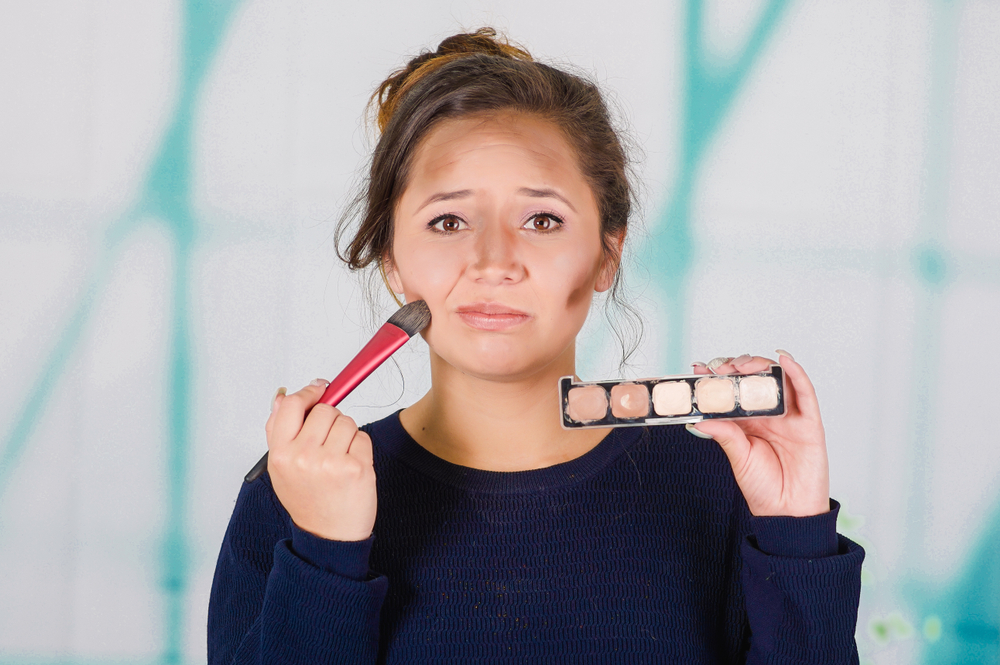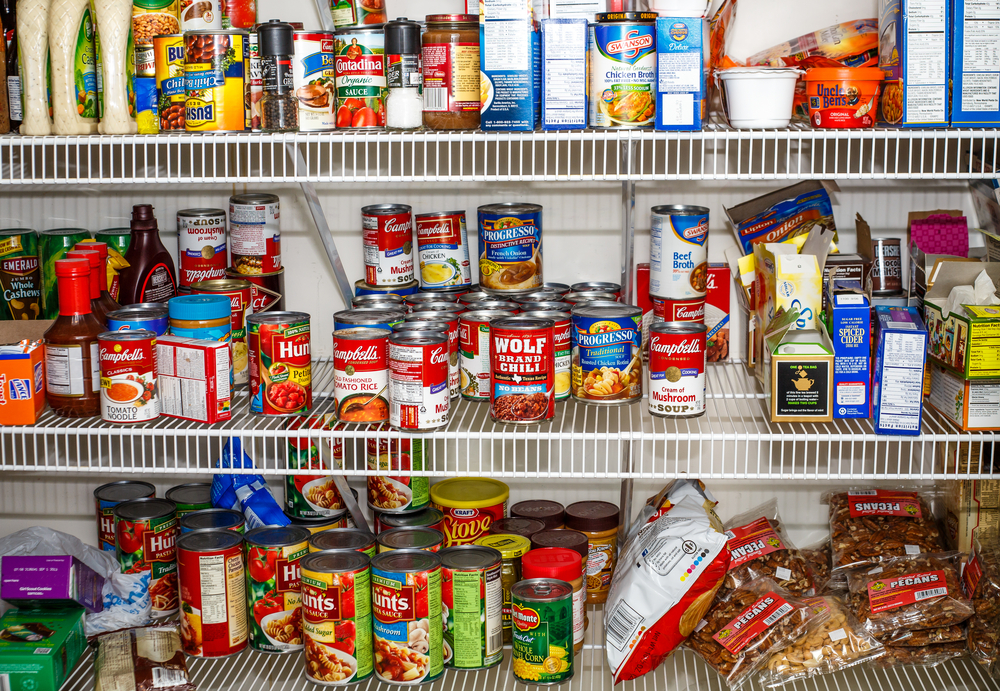It used to be that strokes were something you worried about in your grandparents’ era. But in recent years, doctors are raising a red flag: strokes are happening to younger adults in their 20s, 30s, and 40s—and not in rare cases. While genetics play a role, it’s the quiet, often ignored culprits hiding in our everyday routines that are driving the spike. This isn’t just a medical mystery—it’s a cultural wake-up call. If you’re juggling chronic stress, skipping sleep, or glued to a screen 10 hours a day, you’re not as invincible as you think.
These 15 surprising reasons strokes are rising among young people reveal just how out of sync our lifestyles are with long-term brain health. Consider it a wellness PSA for your bloodstream.
1. Living In Chronic Stress Mode

Stress isn’t just a mental burden—it’s a full-body assault on your cardiovascular system. When cortisol floods your body nonstop, your arteries tighten, your blood pressure climbs, and inflammation festers. Over time, this creates the perfect internal storm for a stroke to occur. Many younger adults associate stress with drive or ambition, ignoring the very real physical costs. Your body, however, registers stress as danger, not hustle.
The American Heart Association has linked chronic stress to an increased likelihood of stroke, even in people without traditional risk factors. You don’t have to be in a crisis for your body to suffer the consequences. Ongoing deadlines, toxic relationships, and financial anxiety can all contribute to chronic overload. Left unchecked, stress rewires your brain and body in dangerous ways. Ignoring stress isn’t brave—it’s biologically reckless.
2. The Hidden Risks Of Birth Control Pills
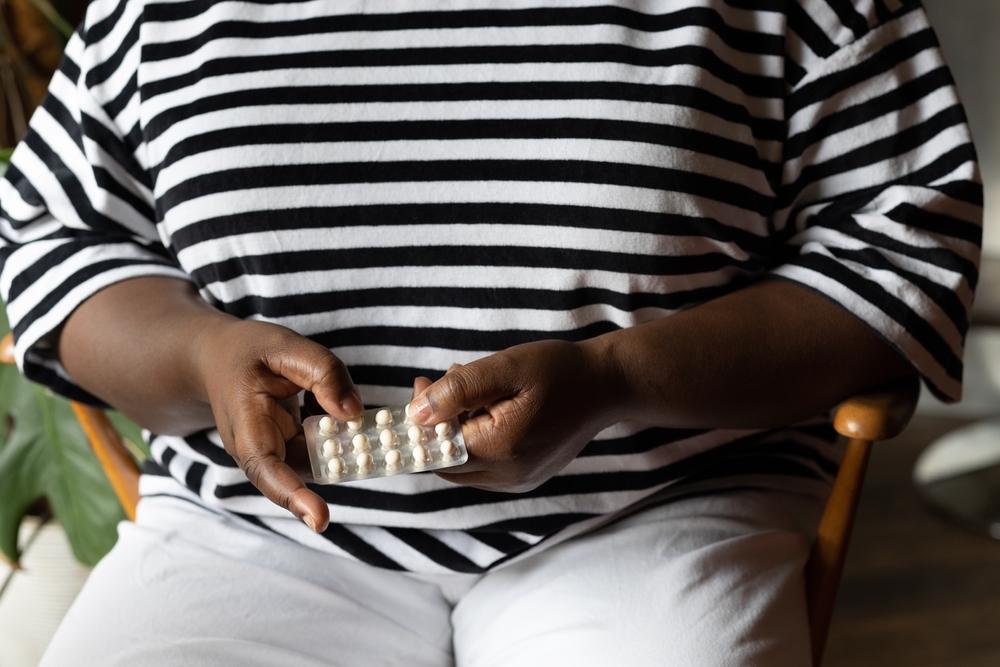
Hormonal birth control can subtly increase the risk of blood clots, especially when combined with other lifestyle factors. While millions use it safely, few are told about how it may interact with migraines, smoking, or a family history of clotting disorders. This creates a quiet danger zone where risk factors compound without obvious symptoms. Because birth control is so normalized, many women don’t realize they should be monitored more closely. The assumption is that if you’re young, you’re automatically low-risk.
But stroke risk isn’t about age alone—it’s about total risk burden. If you’re on the pill and also dealing with chronic stress, dehydration, or occasional smoking, it may be time to reassess. This doesn’t mean you need to ditch birth control entirely, but knowledge is power. Talk to your doctor about safer alternatives or risk-reducing strategies. Your hormones and your heart health deserve equal attention.
3. Ultra-Processed Food Is Rewiring Your Vascular System

That midday protein bar or “clean” frozen meal might be quietly aging your arteries. Ultra-processed foods—packed with sodium, sugar, preservatives, and additives—do more than expand your waistline. They irritate the delicate inner lining of your blood vessels, setting the stage for clots and high blood pressure. Even foods marketed as “healthy” can be heavily engineered, lacking the nutritional nuance your body needs. A daily habit of convenience food could have long-term vascular consequences.
A 2023 BMJ study found that younger adults who eat large amounts of ultra-processed food have significantly higher stroke risks. It’s not just about fast food—it’s about any food that’s been broken down, restructured, and reassembled in a lab. Your blood vessels thrive on fiber, potassium, and antioxidants—not additives. What you eat every day shapes your brain’s future. Whole food isn’t a wellness trend—it’s neurological armor.
4. Dehydration Disguised As Coffee Addiction

When coffee becomes your main beverage, dehydration sneaks in through the back door. Caffeine is a diuretic, and without adequate water, your blood becomes thicker and more prone to clotting. You may think you’re hydrating with your iced latte, but your vascular system is silently suffering. Hydration is essential for maintaining blood flow and preventing vessel inflammation. Without it, your stroke risk can quietly rise.
Your brain is over 70% water and relies on fluid balance to maintain its delicate systems. Chronic dehydration can affect everything from mood to memory to vascular health. Even slight dehydration, over time, can contribute to a higher risk of stroke. You don’t have to quit coffee, but you do need to rebalance it with water. Sip smarter, especially if you live on espresso and ambition.
5. Vaping Isn’t The “Safer” Choice You Think It Is
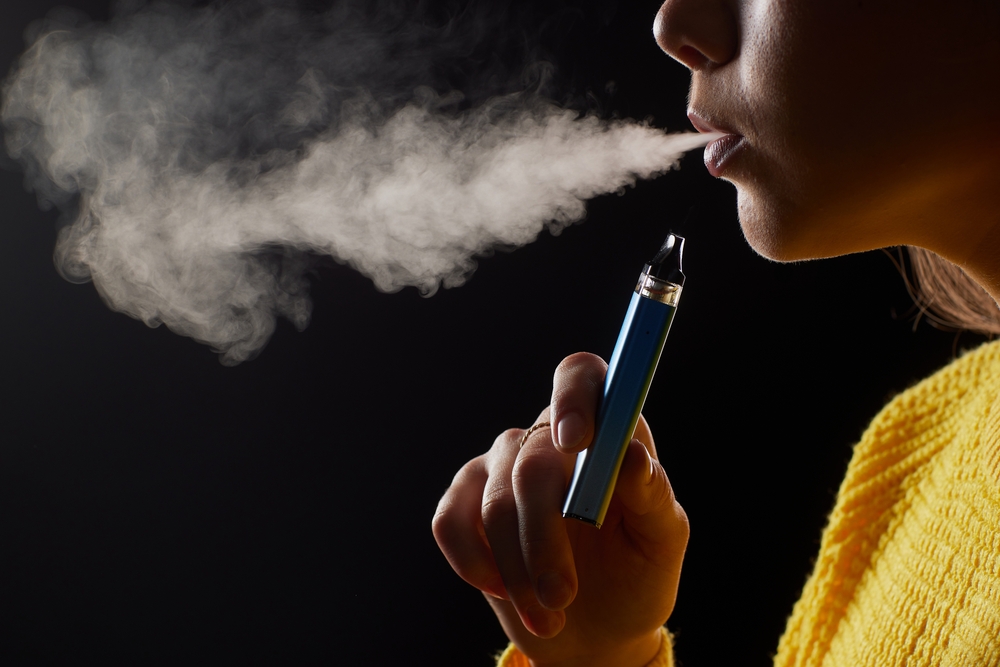
Vaping may not smell like tobacco, but it can still harm your heart and brain. The nicotine in e-cigarettes raises blood pressure, spikes adrenaline, and constricts your blood vessels. These factors combine to create a stroke-prone environment in your body—especially when vaping becomes a daily habit. The illusion of safety has lulled many into a false sense of cardiovascular security. But the damage is happening whether you taste it or not.
Research from Johns Hopkins shows that vaping significantly raises stroke risk, particularly among young adults with other contributing habits. Your body doesn’t care that your vape smells like mango. It responds to the chemical stress with inflammation, vascular strain, and reduced oxygen flow. Don’t let trendy marketing override basic biology. Safer than cigarettes isn’t the same as safe.
6. Sleep Deprivation Is A Brain Time Bomb
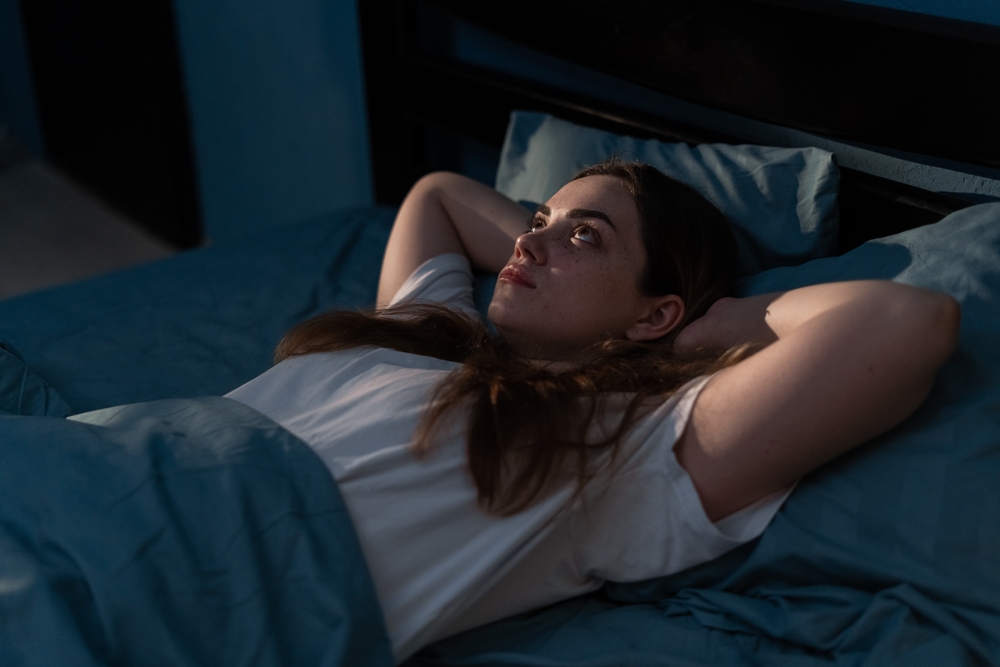
Living on five hours of sleep isn’t just a bad habit—it’s a vascular threat. Sleep deprivation disrupts hormonal balance, spikes inflammation, and contributes to insulin resistance, all of which stress your cardiovascular system. Your blood vessels lose their ability to expand and contract properly, raising your stroke risk. Over time, your brain can’t repair daily wear and tear without restorative sleep. The illusion of productivity comes at a steep neurological cost.
Young people are especially vulnerable because they often equate sleep with laziness. But sleep isn’t a luxury—it’s a core function of vascular maintenance. Every hour missed is an opportunity lost for healing and balance. Think of sleep as preventative medicine for your brain. You’re not just tired—you’re more vulnerable than you realize.
7. COVID-19 Left A Stroke Legacy

The impact of COVID-19 isn’t limited to your lungs—it leaves a vascular footprint that can linger long after infection. Even mild cases have been shown to disrupt blood flow, elevate clotting risk, and create lingering inflammation. Young people recovering from COVID often report “brain fog” and fatigue, but the deeper threat may be stroke-related. Symptoms can appear weeks or even months later, often without warning. You may feel better but still carry physiological baggage.
A 2022 review in The Lancet Neurology highlighted a sharp rise in strokes among young post-COVID patients. Traditional risk factors don’t always apply here—this is a new terrain. The virus appears to recalibrate your immune system and vascular response in unpredictable ways. Don’t assume youth protects you from long-term effects. Post-viral vigilance could save your brain.
8. Digital Burnout Is A Physical Threat

Most people associate digital burnout with mental fatigue, but its effects run deeper into your physical health. Hours of screen time increase stress hormones, reduce blood circulation, and keep your nervous system in a chronic fight-or-flight mode. That kind of exposure over time disrupts blood pressure, sleep, and even glucose regulation. Blue light messes with melatonin, poor posture compromises circulation, and the constant overload taxes your vascular system. Stroke risk doesn’t begin and end with diet and exercise—it includes your screen habits too.
What starts as eye strain or headaches can snowball into metabolic and neurological strain. Constant digital stimulation affects your ability to relax, recover, and reset. Add in physical inactivity and junk food grazing, and you’re building a perfect storm for a stroke. Your brain isn’t designed for 12-hour TikTok loops or endless Zoom calls. Tech hygiene isn’t just mental wellness—it’s stroke prevention.
9. Weight Fluctuations From Yo-Yo Dieting
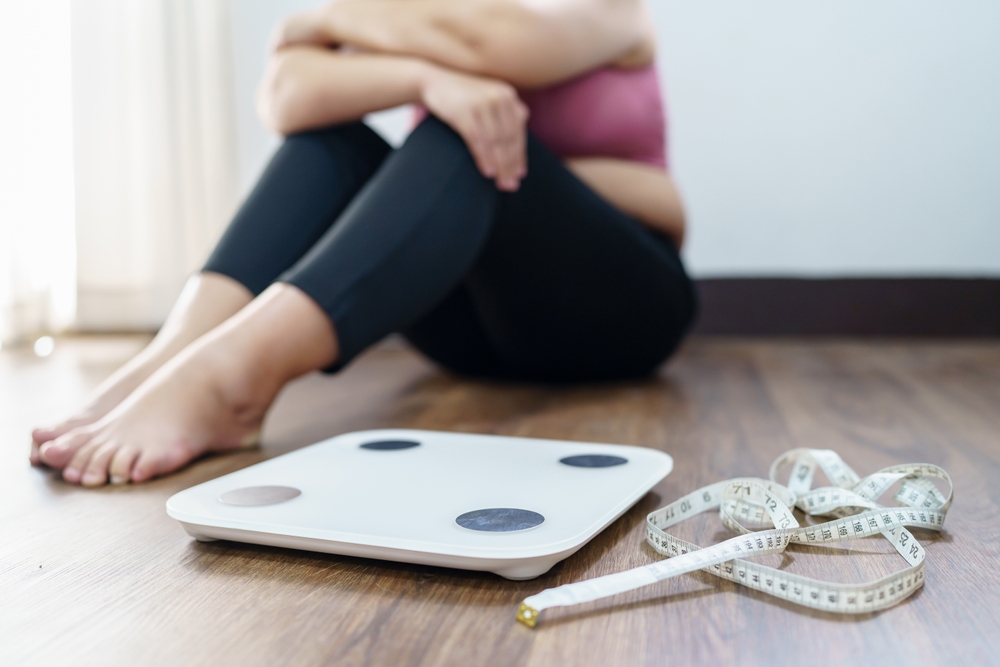
Yo-yo dieting is more than a cosmetic issue—it’s a cardiovascular stressor. Each cycle of rapid weight loss followed by regain taxes your blood vessels, increases blood pressure, and disrupts insulin sensitivity. This creates a metabolic rollercoaster that silently wears down your vascular health. Nutrient deficiencies and electrolyte imbalances also weaken the body’s ability to regulate inflammation. Your arteries notice every swing, even if your mirror doesn’t.
Strokes don’t just strike the sedentary or obese—they also hit the chronically unstable. Stability is protective when it comes to your brain. Instead of chasing extreme regimens, build consistent habits rooted in nourishment and movement. Your vascular system doesn’t need perfection—it needs predictability. Feed it well and keep it steady.
10. The Rise Of Sedentary Side Hustles

That freelance gig or passion project might be a creativity boost—but it could also be a circulatory risk. Hours of sitting without movement reduces blood flow to the legs and increases the likelihood of clot formation. You may feel productive, but your body is quietly stagnating. The rise of remote work and 24/7 hustle culture means more people are glued to chairs for longer than ever before. Stroke risk builds silently with every sedentary hour.
Your veins rely on regular muscle movement to keep blood circulating effectively. Without it, blood pools, thickens, and can form clots that travel to the brain. The fix isn’t complicated—just move more frequently. Set hourly reminders to stand, stretch, or walk. Side hustles shouldn’t sideline your health.
11. Untreated Migraines With Aura

Migraines with aura are more than just painful—they may be an early warning sign of vascular dysfunction. These migraines often involve visual distortions, numbness, or speech difficulty, which can mimic mini-strokes. Over time, repeated episodes can increase your risk of an actual stroke. Yet many young people treat them casually with over-the-counter meds or sleep. The link between migraines and vascular risk is underreported but clinically significant.
If you experience aura, especially alongside birth control use or smoking, your risk multiplies. It’s not about alarm—it’s about awareness. A thorough evaluation can help differentiate benign episodes from stroke precursors. Don’t normalize migraines just because they’re common. Your brain deserves more than temporary relief.
12. Using Stimulants Without Medical Supervision

The casual use of Adderall, Ritalin, or online “study drugs” has exploded among young adults—but the vascular toll is real. These stimulants elevate blood pressure, increase heart rate, and constrict blood vessels, mimicking the effects of chronic stress. When used without medical supervision, they can turn focus hacks into neurological threats. The sharp mental clarity comes at the cost of long-term vascular strain. You’re borrowing energy from a system already overloaded.
It’s tempting to think that a little boost won’t hurt. But strokes are often the cumulative result of ignored signals and overclocked systems. If you’re taking stimulants for performance or energy, it’s time to examine the risks. Focus isn’t worth a future filled with neurological rehab. Protect your brain’s future, not just your deadlines.
13. Ignoring Genetic Red Flags

If stroke runs in your family, that’s not just a footnote—it’s a flashing warning light. Genetic predispositions to clotting disorders or arterial issues can manifest in early adulthood. Many people assume that being fit or eating well negates family history, but biology doesn’t work that way. Without screening, you may not know your baseline risk. What you inherit can silently set the stage for a vascular event.
But genes aren’t destiny—they’re a blueprint, not a sentence. If you know your history, you can intervene early with lifestyle changes and medical monitoring. Family patterns offer valuable clues for prevention. Don’t wait for symptoms to start asking questions. Knowledge is a protective strategy.
14. Misdiagnosed Autoimmune Conditions

Autoimmune conditions like lupus or antiphospholipid syndrome don’t just affect joints—they disrupt your vascular system. These diseases often cause chronic inflammation, which can lead to increased clotting and impaired circulation. In young people, symptoms may be brushed off as anxiety, fatigue, or hormonal changes. This leads to dangerous delays in diagnosis and treatment. Meanwhile, the inflammation continues to do invisible damage.
Women are especially vulnerable to underdiagnosis and mismanagement. If something feels chronically off—whether it’s brain fog, fatigue, or strange numbness—push for comprehensive testing. Stroke prevention starts with full-body awareness. Your immune system, when dysregulated, can quietly turn against your blood vessels. Advocate harder—your brain is worth it.
15. The Myth That “You’re Too Young” For A Stroke
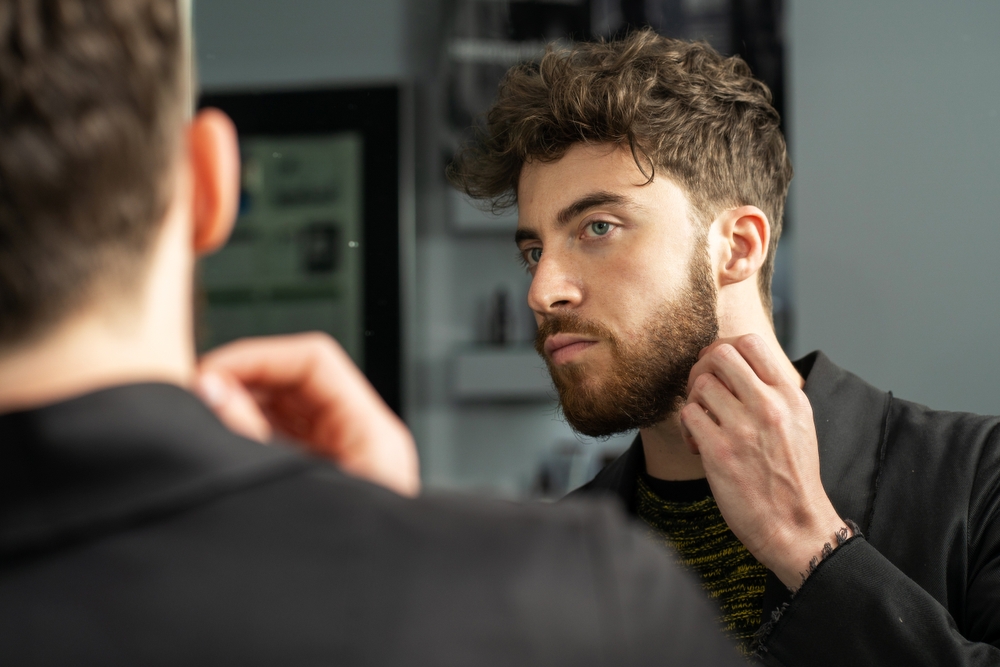
One of the most dangerous beliefs is that strokes only happen to the elderly. This myth delays emergency care in younger adults who shrug off symptoms as stress, dehydration, or fatigue. Numbness, dizziness, or slurred speech in your 20s or 30s isn’t always benign. Seconds matter when it comes to brain damage—and young people lose precious time questioning whether it’s “serious.” You’re never too young to experience a stroke, and assuming so puts you at risk.
The data doesn’t lie—stroke rates are rising in younger demographics, and delayed response is a major factor. Emergency room doctors report that younger patients often arrive too late for life-saving interventions. Knowing the signs and acting fast can be the difference between recovery and permanent disability. Don’t wait for the worst to believe it can happen to you. Age is not immunity.
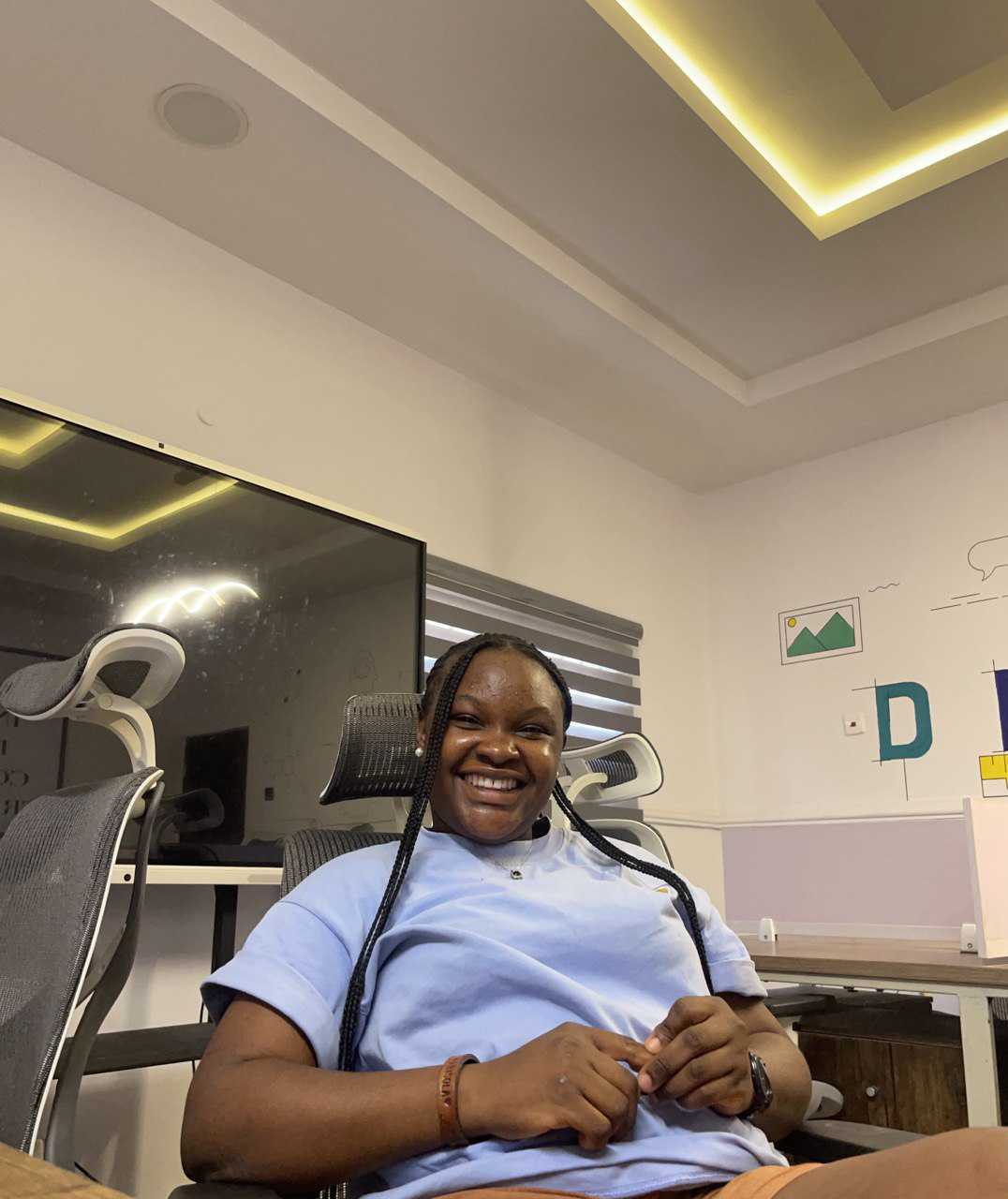
Abisola is a communication specialist with a background in language studies and project management. She believes in the power of words to effectively connect with her audience and address their needs. With her strong foundation in both language and project management, she crafts messages that are not only clear and engaging but also aligned with strategic goals. Whether through content creation, storytelling, or communication planning, Abisola uses her expertise to ensure that her messages resonate and deliver lasting value to her audience.

